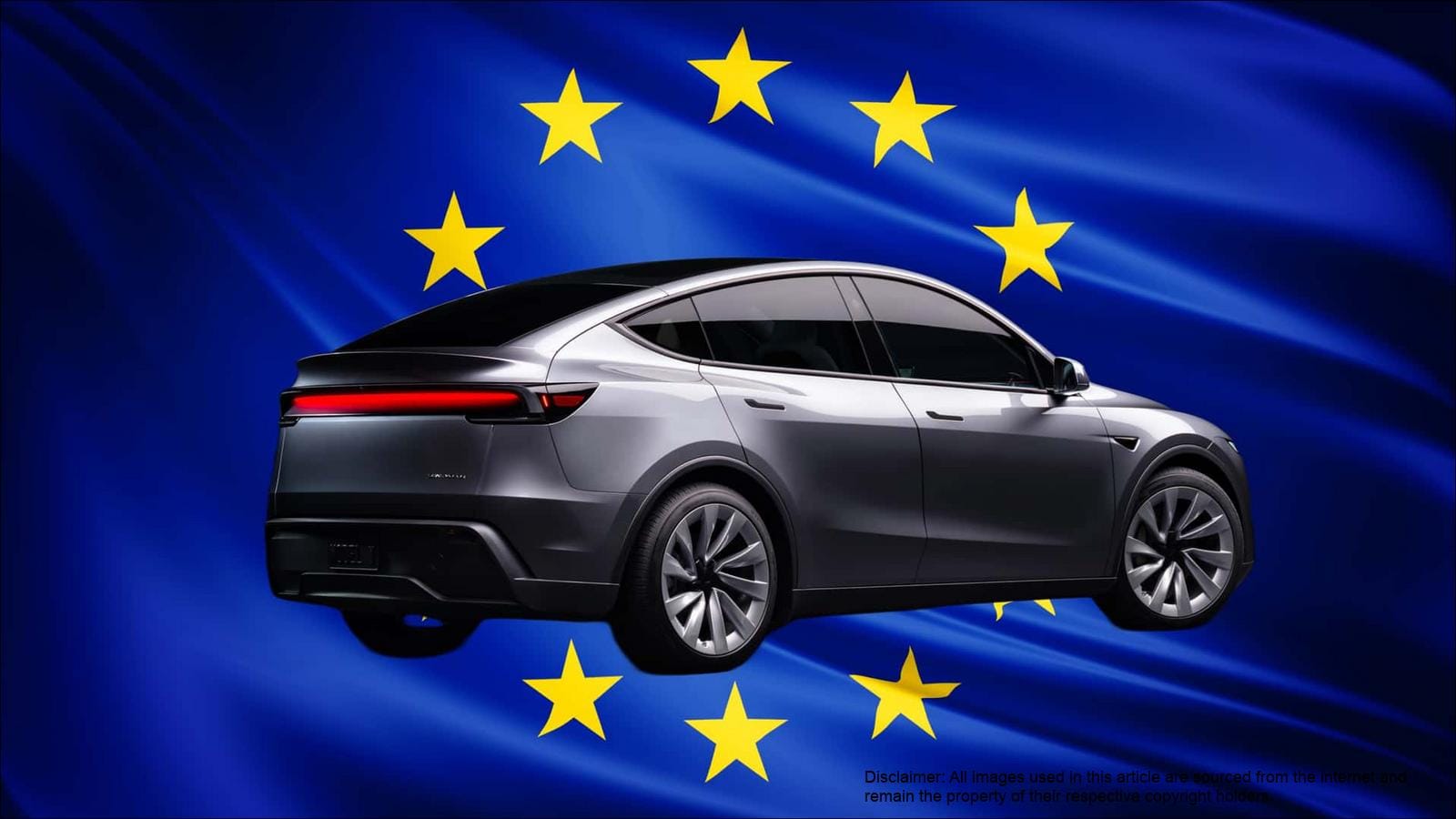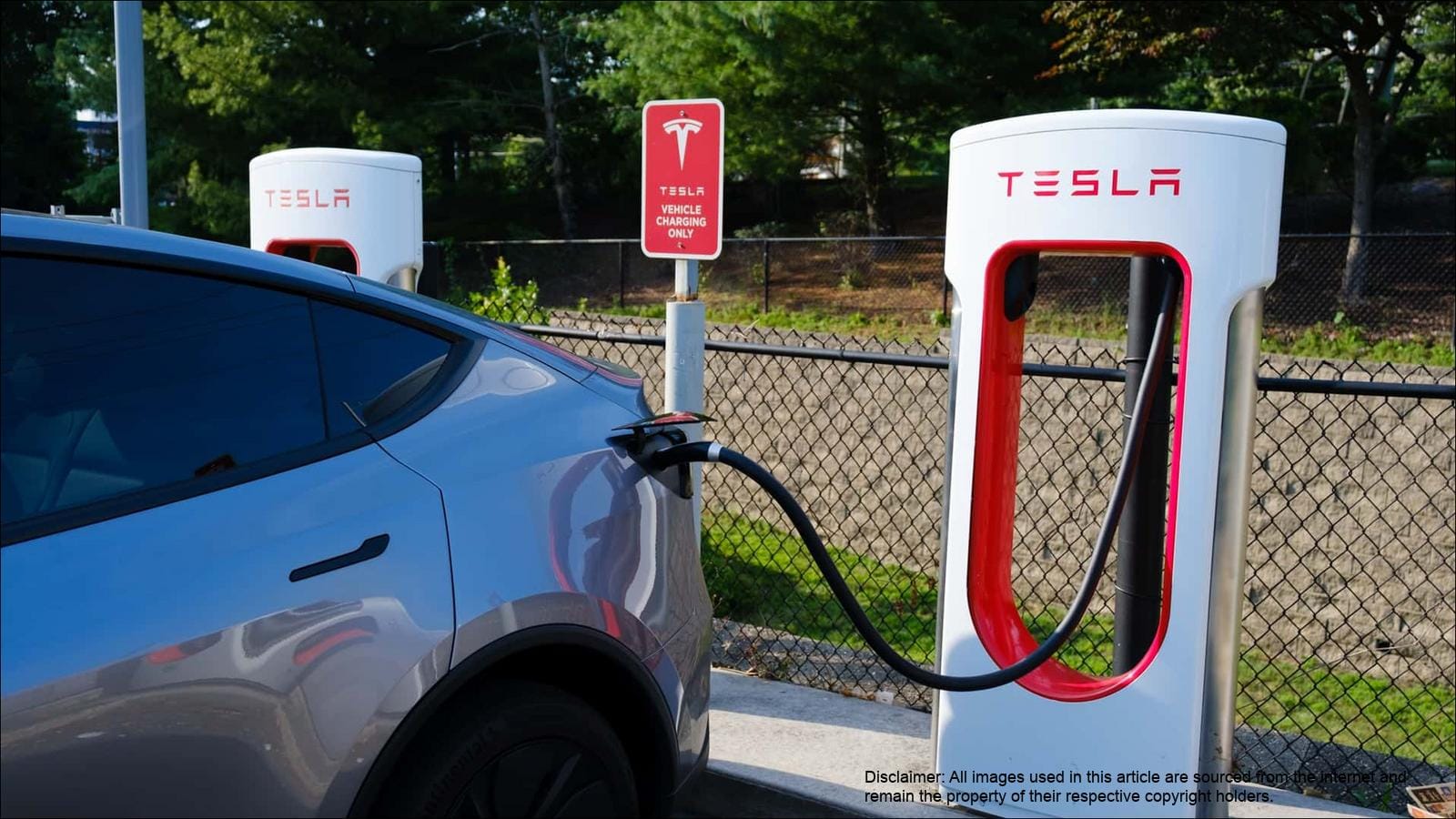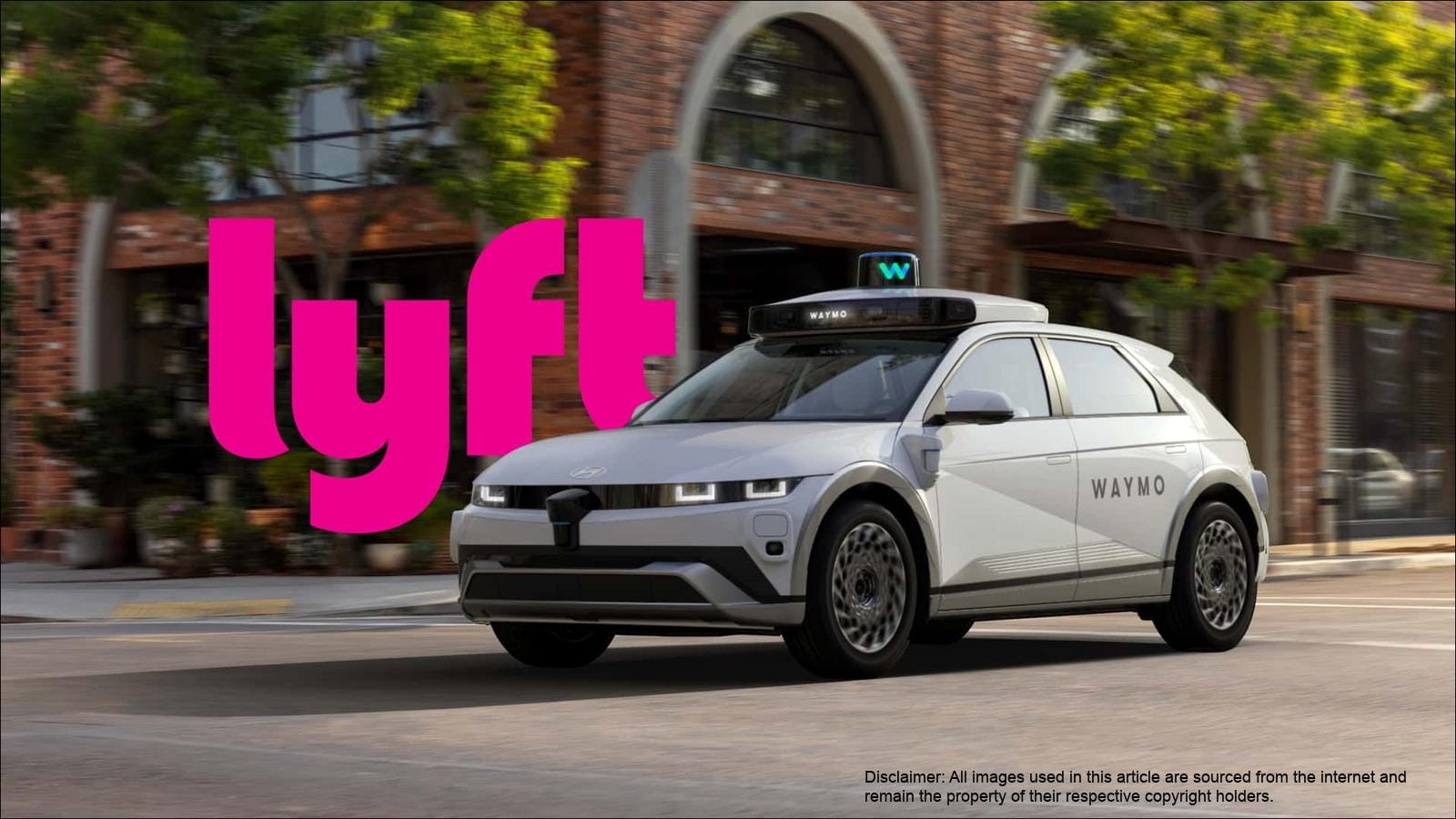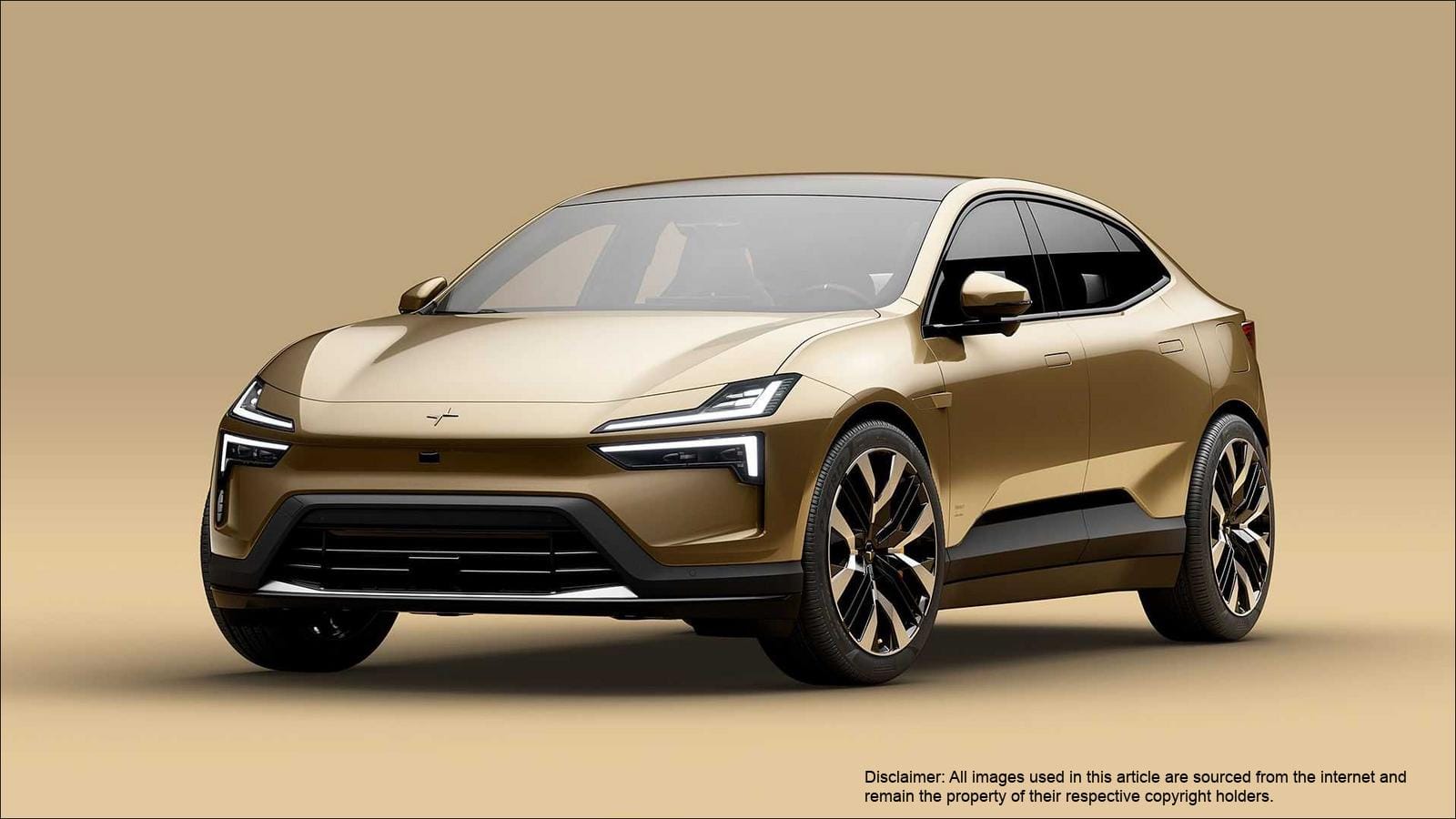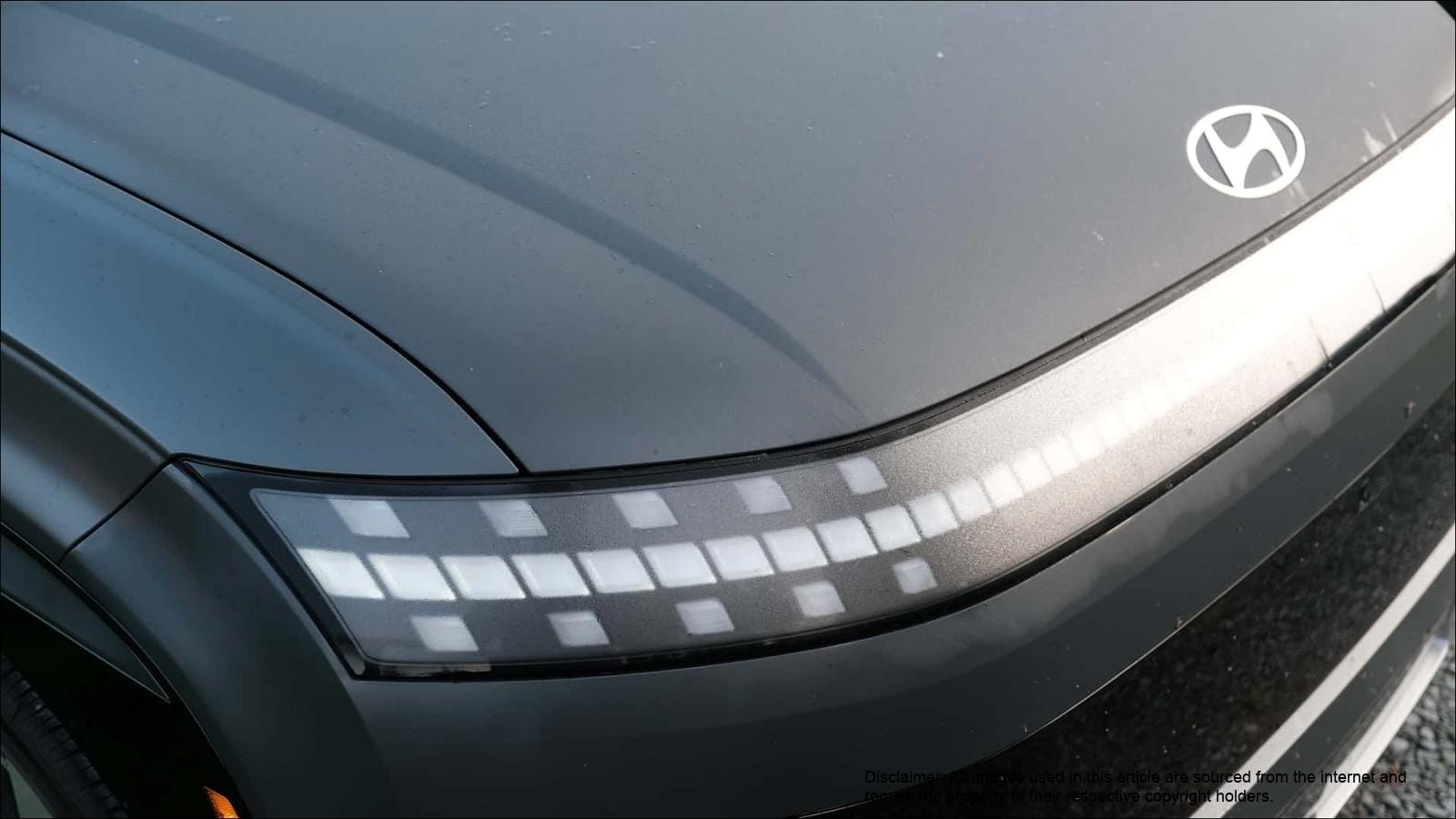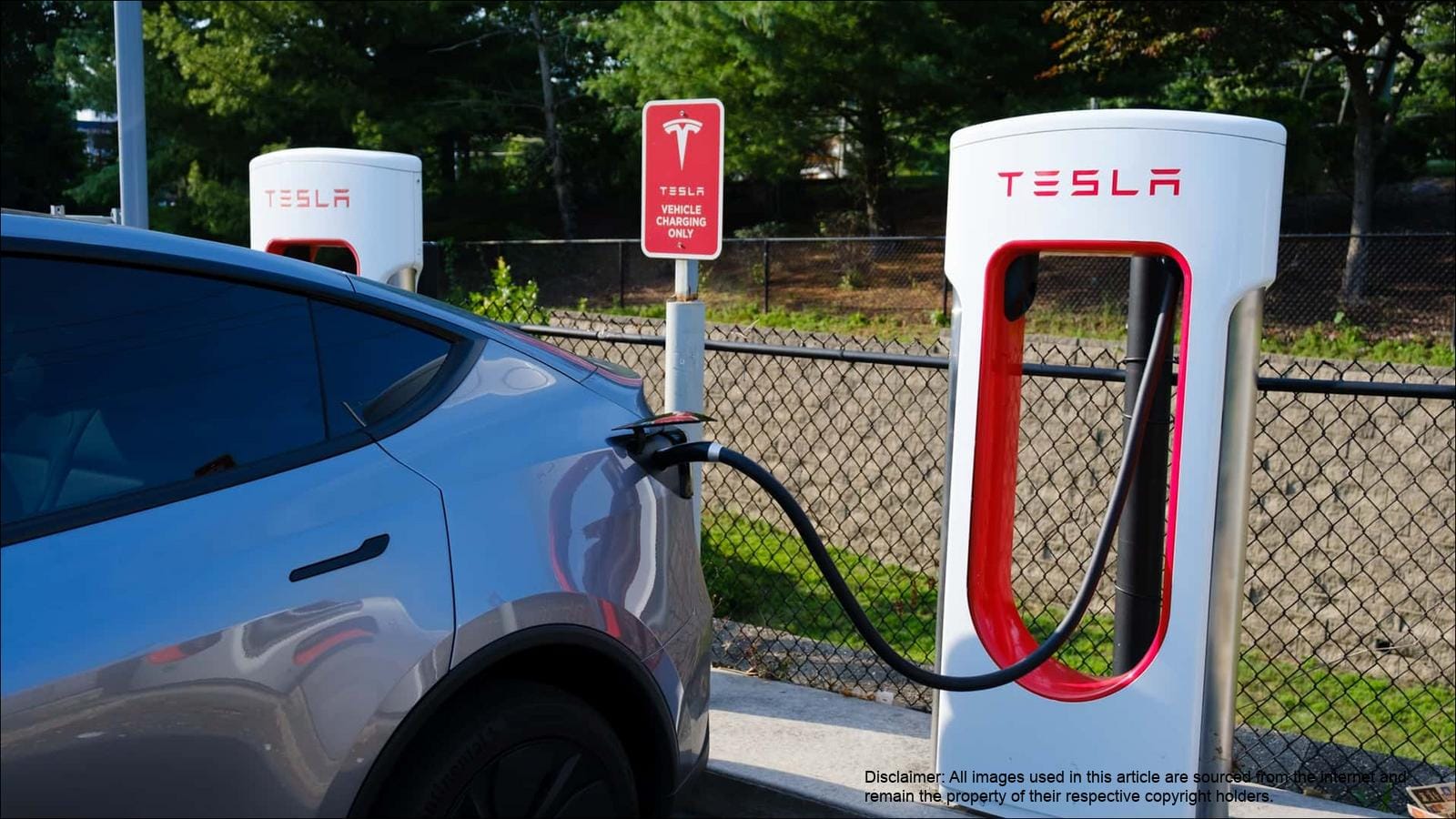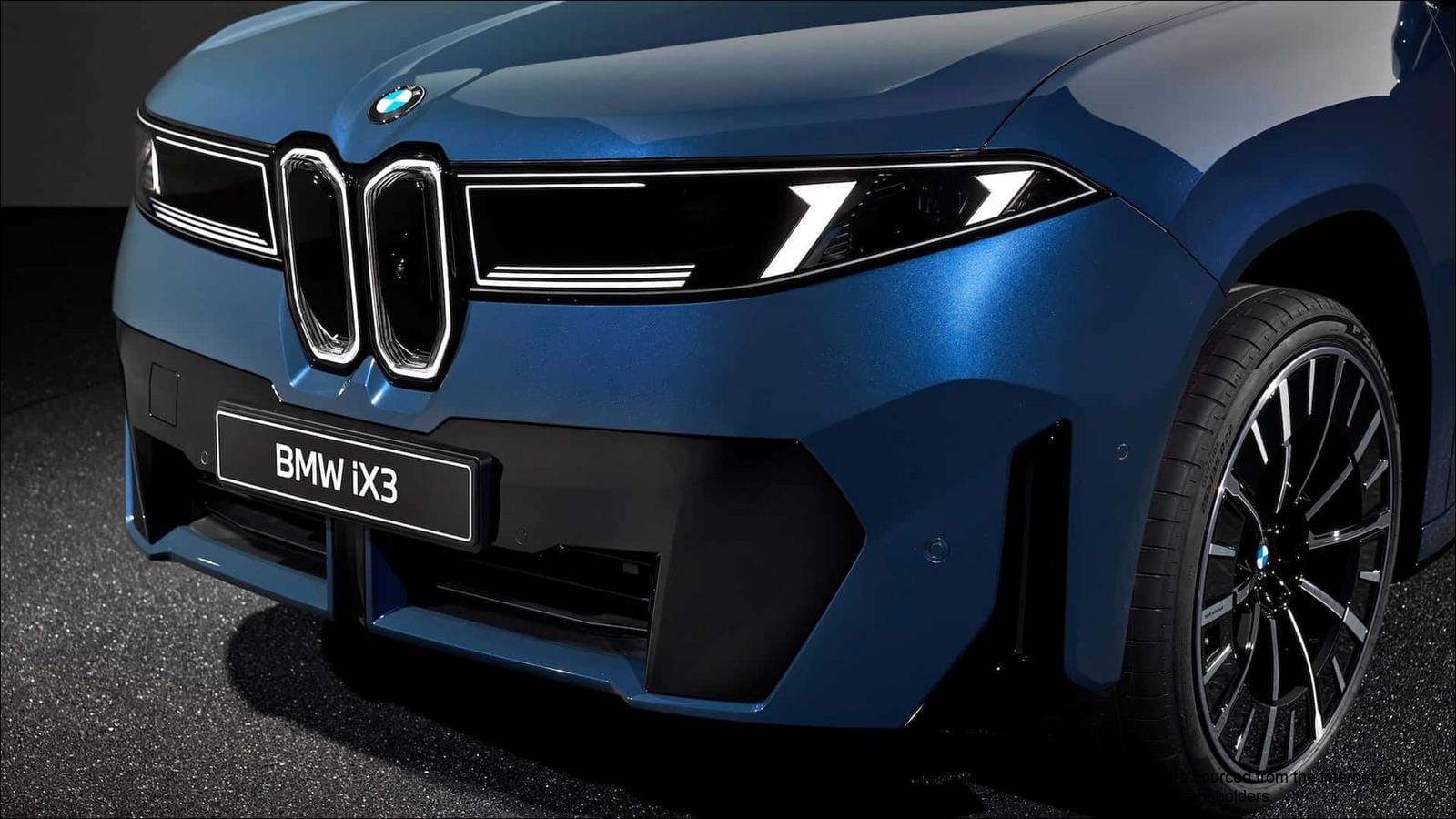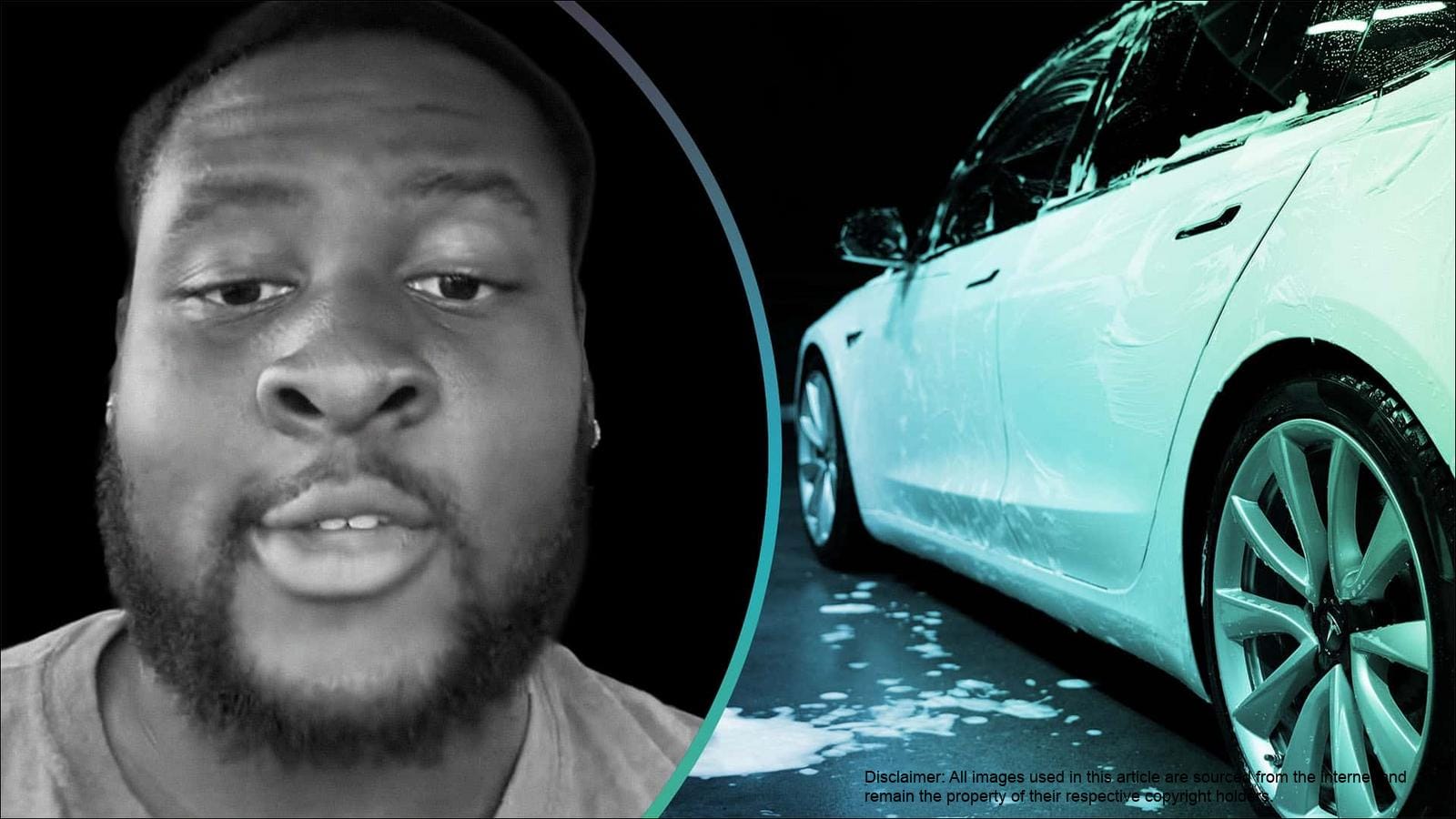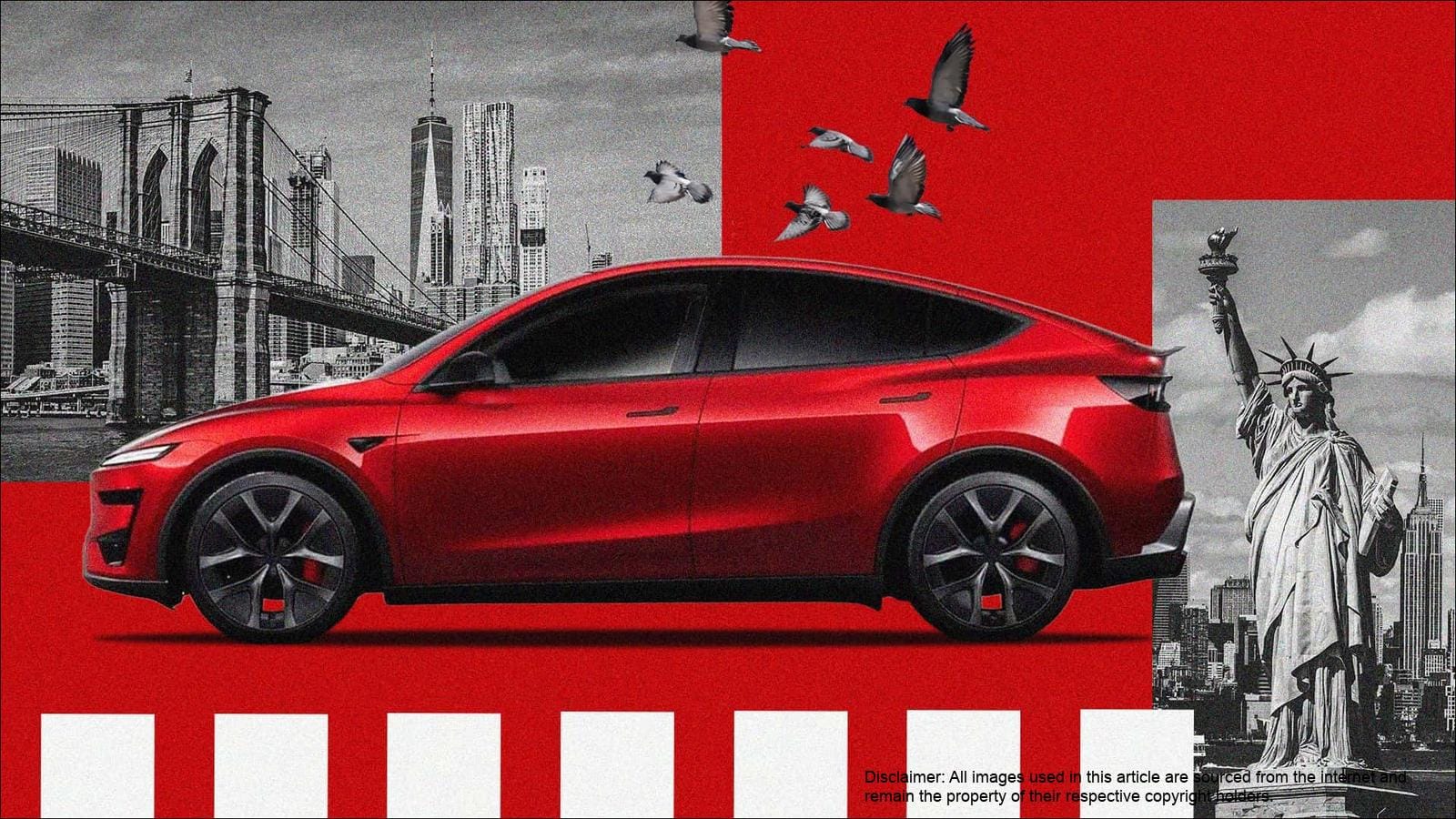Tesla’s Crossroads: Navigating Product Stagnation and an AI-Focused Future
Stale Lineup and Strained Levers: The Limits of Refreshes and Price Cuts
Tesla’s attempts to reverse its declining EV sales have so far proven ineffective. The company had high hopes for its refreshed Model Y. Considering the Model Y was the best-selling vehicle globally last year, an updated version was expected to trigger a significant sales surge. Instead, sales have continued to falter. Initial explanations from Elon Musk, blaming factory downtime for the transition to the new Model Y, no longer hold credibility as production has normalized and inventory levels are up. It appears the refreshed Model Y hasn’t been the game-changer Tesla anticipated.
This leaves Tesla with limited conventional options for stimulating growth. Price cuts have been a frequent tactic in recent years, but this strategy has diminishing returns and eats into profit margins. Furthermore, the potential loss of U.S. tax credits could effectively increase Tesla’s vehicle prices by $7,500 in its home market, and new tariffs on auto parts are set to raise production costs. These factors severely constrain Tesla’s ability to compete on price without further damaging its financial health.
The Self-Driving Gambit: Can AI Redeem an Aging Fleet Amidst Eroding Trust?
With traditional strategies yielding little, Tesla appears to be pinning its hopes on new products and its long-promised advancements in Artificial Intelligence (AI), specifically Full Self-Driving (FSD) technology. Elon Musk has consistently emphasized that Tesla’s true value lies in AI, not just car manufacturing. However, the current product pipeline raises concerns. Core models like the Model S (debuted in 2012) and Model 3 (2017), despite refreshes, are aging compared to newer offerings from competitors. The Cybertruck, its most recent “new” product, has faced a troubled launch and is widely considered a niche vehicle with limited mass-market appeal. Upcoming products like a moderately updated Model Y, a two-seater “Cybercab,” and the eventual large-scale production of the Semi truck may not be enough to fundamentally alter Tesla’s trajectory.
The ultimate gamble is that achieving true self-driving capability will redefine the value proposition of Tesla vehicles. The vision of a $35,000 self-driving car with ample passenger and cargo space and a 300-mile range is compelling. However, success in the autonomous vehicle space hinges critically on consumer trust. Years of using the public as beta testers for FSD and Musk’s vocal criticism of regulatory bodies may have eroded this trust. For many, Tesla has become a “toxic brand,” and its products are perceived as less exciting than they once were. The European sales collapse serves as a stark warning: radical changes are needed, but a clear path to a reset remains elusive.
| Tesla Product/Strategy | Current Status/Challenge | Outlook |
|---|
| Refreshed Model Y | Failed to significantly boost sales despite past success. | Unlikely to reverse current sales trends alone. |
| Price Cuts | Margins already thin; external cost pressures (tariffs, loss of tax credits). | Limited room for further cuts without financial strain. |
| Aging Core Models (S & 3) | Introduced in 2012 and 2017; less competitive against newer rivals. | Need substantial updates or replacement. |
| Cybertruck | Niche appeal, production challenges, considered a “flop” by some. | Unlikely to drive mass-market volume. |
| Full Self-Driving (FSD) | Central to Elon Musk‘s vision; requires significant consumer trust. | High potential if successful, but trust deficit is a major hurdle. |


